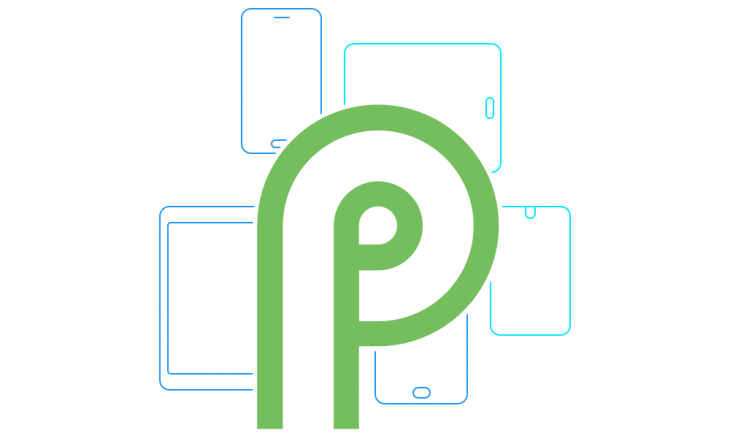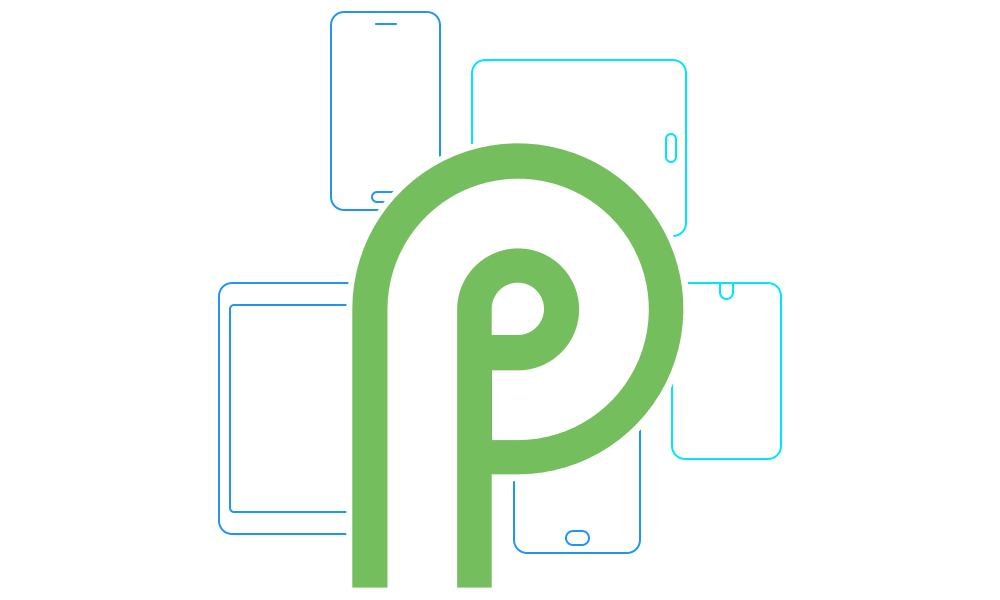
After announcing the Android P Beta release on-stage at Google I/O this week, there’s been a lot of time for people to go hands on and check out the forward facing features, but we took the opportunity to talk with Dave Burke, VP of Engineering, Android and Sameer Samat VP of Product Management, Android and Google Play about what’s under the hood in Android P.
At our briefing today, Dave Burke re-iterated that Android P is built on three basic tenets: Simplicity, Intelligence and Digital Wellbeing.
Simplicity
The operating system has been simplified with the introduction of a new system navigation with the introduction of the pill icon we saw leaked prior to Google I/O. This new single button, gesture based UI is aimed at making navigation simpler, with Mr Burke commenting that the multi-tasking button was often confusing. The new UI also mostly removes the back button, except on selected screens where it makes sense.
Also making your life simpler is Smart Text Selection, which Google says ‘recognises the meaning of the text you’re selecting and suggests relevant actions’. The new navigation also include a smarter rotations control that simplifies the need to constantly switch between locked and unlocked rotation control.
Intelligence
The Intelligence part of the update includes the use of Deep Mind to bring smarts to Android P including intelligent Adaptive Brightness that learns how you adjust your screen brightness in different conditions and begins changing it to match. Adaptive Battery uses machine learning to prioritise battery power only for the apps and services you use the most. Mr Burke said they are unable to provide any data on how much savings though he did say they saw the CPU waking up 30% less. They will be monitoring the Android P Beta to find out more metrics for how much better the Adaptive Battery feature is.
Digital Wellbeing
Finally, Digital Wellbeing is the third big feature, which Sameer Samat re-iterated is controlled by the Android P Dashboard.
The Dashboard will provide access to metrics to tell you how much you use an app, and give you controls to limit how often you use it with the app icon greying out as you reach your pre-defined limit – of course the control is in your hands, so if you really need to use the app you can just load up the Dashboard and reset the timer.
You’ll also be able to set a Wind Down timer before your anticipated bed time, with the screen slowly fading to black and grey in order to encourage you to put the phone down and go to sleep.
Lastly, the Do Not Disturb side of Android is getting better with the improved mode not only silencing calls and notifications, but also visual interruptions that pop up. This is used in concert with ‘Shush’ mode which is engaged by turning your phone over – ceasing all alerts.
Android Go
As an addition to these features, Mr Burke said that they are working on Android Go (Android P Edition) which will be coming at some stage. It’s likely this will launch after the final Android P build is released to AOSP. Android Go is still quite a big thing for Google and it’s likely we’ll be seeing a Lite build of the new Google News app for Android Go said Trystan Upstill ex-pat Australian and Product Lead for News across Google at our session yesterday.
Project Treble
A headline feature for Android Oreo – Project Treble – has also seen refinement in Android P, with Mr Burke saying that they finished a lot of the work started in Android 8.0 Oreo that was further refined in the 8.1 Maintenance Release (MR1). In particular he said he’s proud of the relationships they’ve built with the silicon vendors including having Google staff located near Samsung’s semi-conductor team in Korea, Qualcomms team down in San Diego and with other silicon vendors around the world.
Specifically updated in Android P on the Treble front is the telephony stack, which is now incorporated into the Hardware Abstraction Layer like the rest of Project Treble.
The future of Android P includes another three Beta releases over the next few months, with the final build expected to be released in Quarter 3 this year – likely just before the Pixel 3 launch which is expected around the end of September or beginning of October.
What are your thoughts on Android P Beta?




